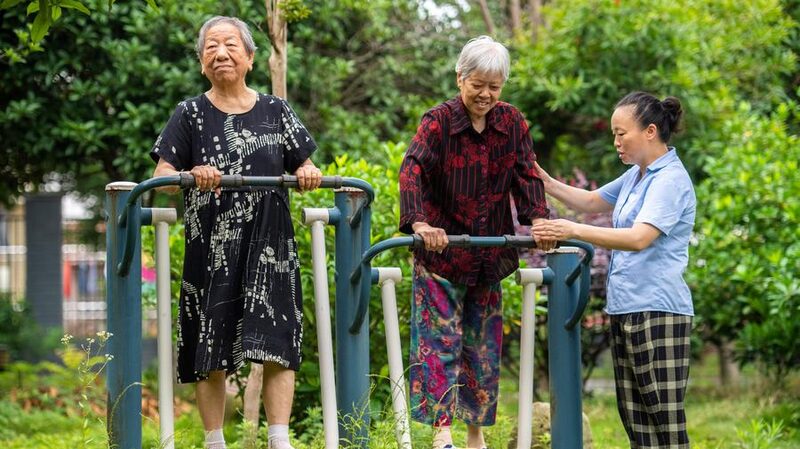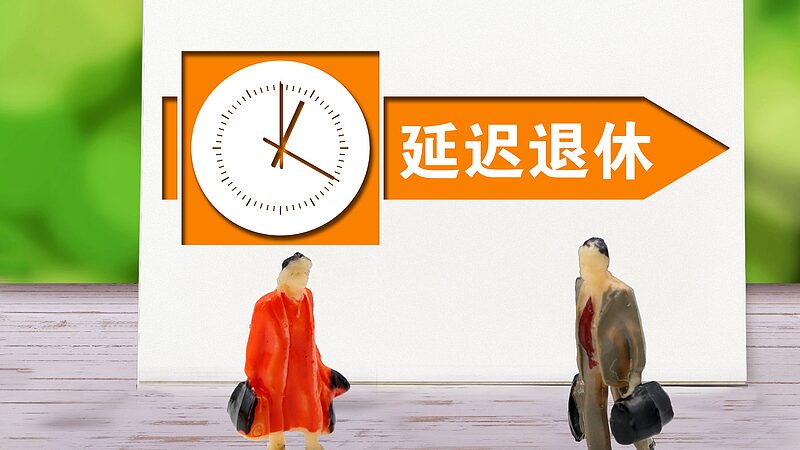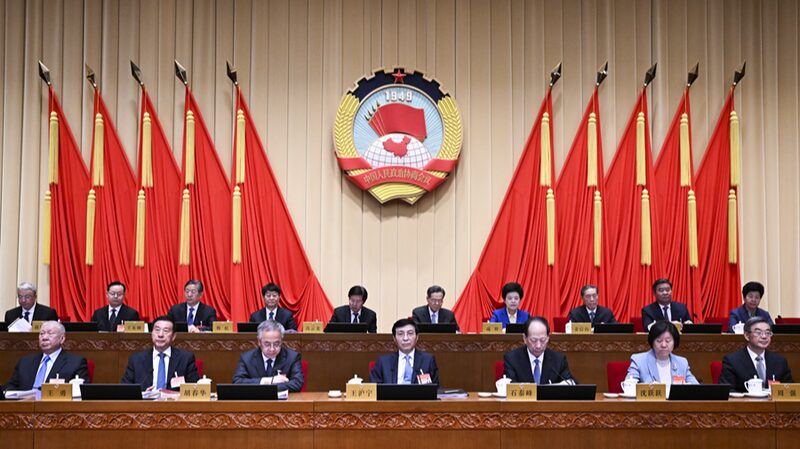In a significant policy shift, China is preparing to raise its statutory retirement age for the first time in over seven decades. On September 13, the Standing Committee of the 14th National People’s Congress discussed and passed a proposal aimed at extending the working years of its citizens. This move comes as a response to the nation’s rapidly aging population and reflects China’s efforts to adapt to new economic and social realities.
Outdated Retirement Standards
China’s current retirement age standards were established in 1951 and have remained unchanged since. Currently, men retire at 60, women cadres at 55, and women blue-collar workers at 50. These ages were set when life expectancy and educational attainment were significantly lower than today. The unchanged retirement age has been a topic of widespread discussion in recent years, with many advocating for reform to match the country’s evolving demographic landscape.
Addressing Increased Life Expectancy
One of the primary drivers behind this reform is the substantial increase in life expectancy. In 1951, the average life expectancy in China was less than 45 years. Fast forward to 2023, and it has risen to over 78 years, surpassing the average of upper-middle-income countries by about two years. With a healthy life expectancy nearing 70 years, many Chinese citizens remain capable and willing to work beyond the current retirement age. The proposed adjustment aims to harness this potential, allowing experienced workers to continue contributing to the economy while meeting the demands of employers for skilled labor.
Reflecting Educational Advancements
Another factor influencing the retirement age reform is the dramatic improvement in education levels across the country. The average years of schooling for individuals aged 15 and above increased from 5.3 years in 1982 to 9.9 years in 2020. Higher education enrollment rates now exceed 60 percent, with about half of the new labor force holding higher education qualifications. As a result, the age at which individuals enter the workforce has been delayed, making a later retirement age more appropriate. Extending the working years will provide well-educated individuals with more opportunities to apply their skills and realize their personal ambitions, while also aiding in the transition from a demographic dividend to a talent dividend.
Responding to Demographic Challenges
China is facing significant demographic shifts, including a declining birth rate and an increasing proportion of elderly citizens. By raising the retirement age, the government aims to mitigate the economic pressures associated with an aging population, such as a shrinking workforce and increased demand for pension and healthcare services. This reform is seen as a proactive measure to promote sustainable economic growth and social development.
A Win-Win Reform
The proposal to raise the statutory retirement age is not just a policy change but a strategic move to align with China’s current and future needs. It seeks to balance the desires of capable workers to extend their careers with the necessity for experienced talent in the labor market. As China continues to evolve on the global stage, such reforms are critical in ensuring that the nation’s economic and social systems remain resilient and adaptive.
Reference(s):
Retirement age reform in China to address demographic shifts
cgtn.com








